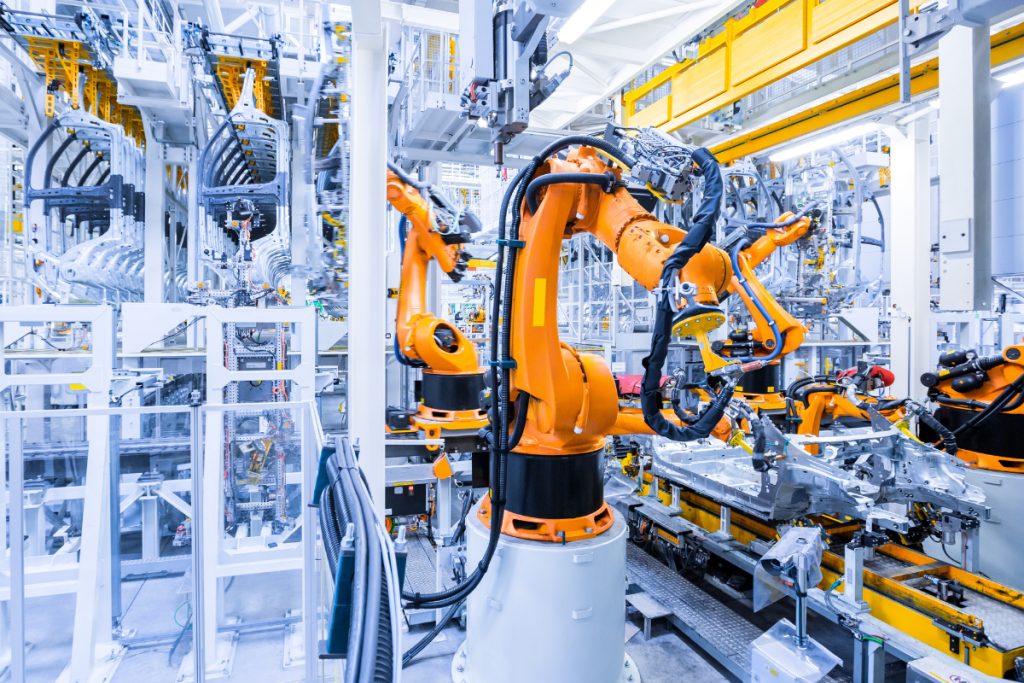A temporary reprieve from U.S. tariff hikes sparked a sharp rise in global manufacturing activity in June, as companies across Europe, North America, and Asia moved swiftly to secure materials, build inventory buffers, and rewire supply networks ahead of anticipated trade disruptions.
Europe Rebounds, Stockpiling Accelerates Across Regions
European manufacturers ran at full capacity in June for the first time in over two years, according to GEP’s Global Supply Chain Volatility Index, which rose to -0.17, its strongest reading of 2025. The uptick was largely driven by front-loaded orders from U.S. buyers attempting to mitigate the impact of impending tariff increases. Germany led the rebound, buoyed by stronger domestic and export demand.
The report also noted a surge in procurement activity in North America, where manufacturers accelerated input purchases, ranging from raw materials to finished components, to hedge against a post-pause tariff spike. Mentions of stockpiling were at their highest levels this year, with companies building safety buffers into warehouses to shield operations from price shocks or supply disruptions.
Asia Shows Uneven Gains as Supply Chains Adjust
Asian supply chains showed modest signs of recovery, with activity picking up in India, Japan, and South Korea. But spare capacity remained in parts of Southeast Asia, where factory orders continued to lag, particularly in China. GEP found no evidence of a sharp rise in cost inflation despite tariff pressures, and global logistics costs remained steady, tracking historical averages.
Suppliers’ labor capacity remained sufficient to fulfill increased order volumes, with no significant rise in backlogs due to workforce constraints. Meanwhile, the global item shortages indicator remained at historically low levels, suggesting that supply availability is not yet a critical constraint, even amid the rush to secure goods.
The Hidden Cost of Front-Loading
While preemptive buying may offer short-term insulation from tariff shocks, it can also distort true demand signals across supply networks. Over time, this creates blind spots in forecasting accuracy, ties up working capital, and amplifies bullwhip effects, especially if tariff implementation timelines shift again. As seen in prior trade cycles, resilience isn’t just about reacting faster; it’s about maintaining clarity between artificial demand peaks and sustainable consumption trends. Leaders who resist the urge to over-index on temporary signals will be better positioned when the next adjustment cycle begins.




